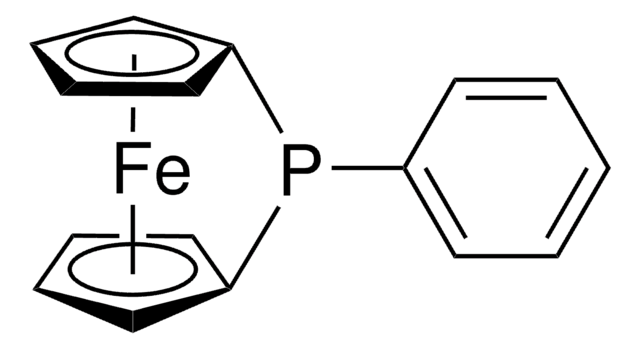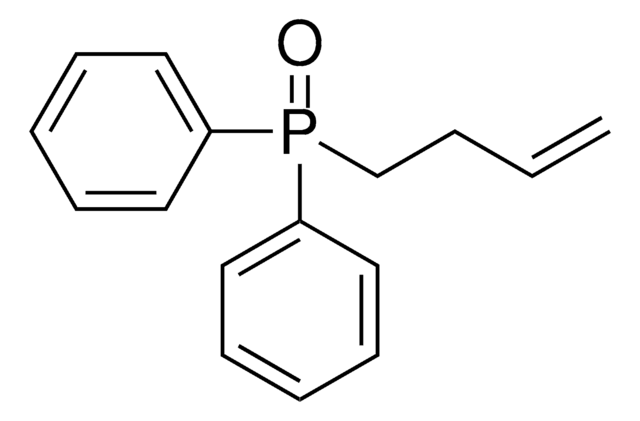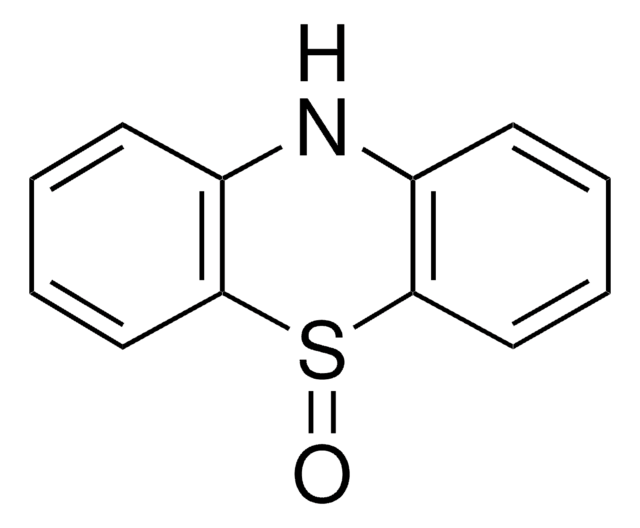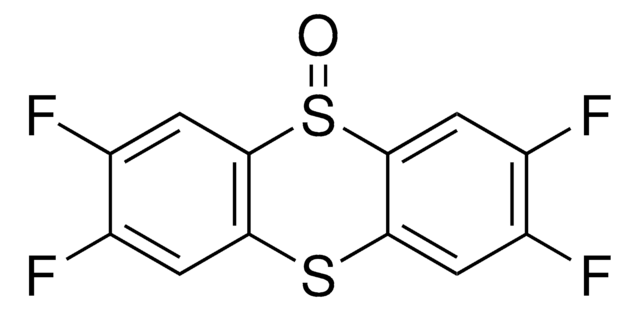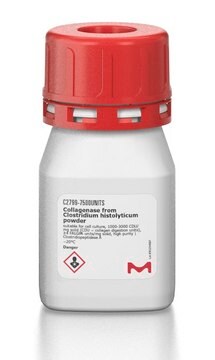SCC463
sBT-RMS Spontaneous Brain-tropic RET Melanoma-sorted Mouse Cell Line
Mouse
Sinónimos:
Q61R NRAS melanoma cell line, SK-MEL-147, human melanoma cell line, human melanoma cells, metastatic melanoma cell line
About This Item
Productos recomendados
Nombre del producto
sBT-RMS Spontaneous Brain-tropic RET Melanoma-sorted Mouse Cell Line,
biological source
mouse
Quality Level
packaging
vial of ≥1X10⁶ vial
manufacturer/tradename
Millipore
technique(s)
cell culture | mammalian: suitable
shipped in
liquid nitrogen
storage temp.
−196°C
General description
Application
- Each vial contains >1X106 viable cells.
- sBT-RMS cells are verified to be of mouse origin and negative for human, rat, Chinese hamster, Golden Syrian hamster, and non-human primate interspecies contamination, as assessed by a Contamination Clear panel by Charles River Animal Diagnostic Services
- Cells tested negative for infectious diseases against a Mouse Essential CLEAR panel by Charles River Animal Diagnostic Services.
- Cells tested negative for mycoplasma.
Features and Benefits
Target description
Storage and Stability
Other Notes
Disclaimer
Storage Class
12 - Non Combustible Liquids
wgk_germany
WGK 3
flash_point_f
Not applicable
flash_point_c
Not applicable
Certificados de análisis (COA)
Busque Certificados de análisis (COA) introduciendo el número de lote del producto. Los números de lote se encuentran en la etiqueta del producto después de las palabras «Lot» o «Batch»
¿Ya tiene este producto?
Encuentre la documentación para los productos que ha comprado recientemente en la Biblioteca de documentos.
Nuestro equipo de científicos tiene experiencia en todas las áreas de investigación: Ciencias de la vida, Ciencia de los materiales, Síntesis química, Cromatografía, Analítica y muchas otras.
Póngase en contacto con el Servicio técnico